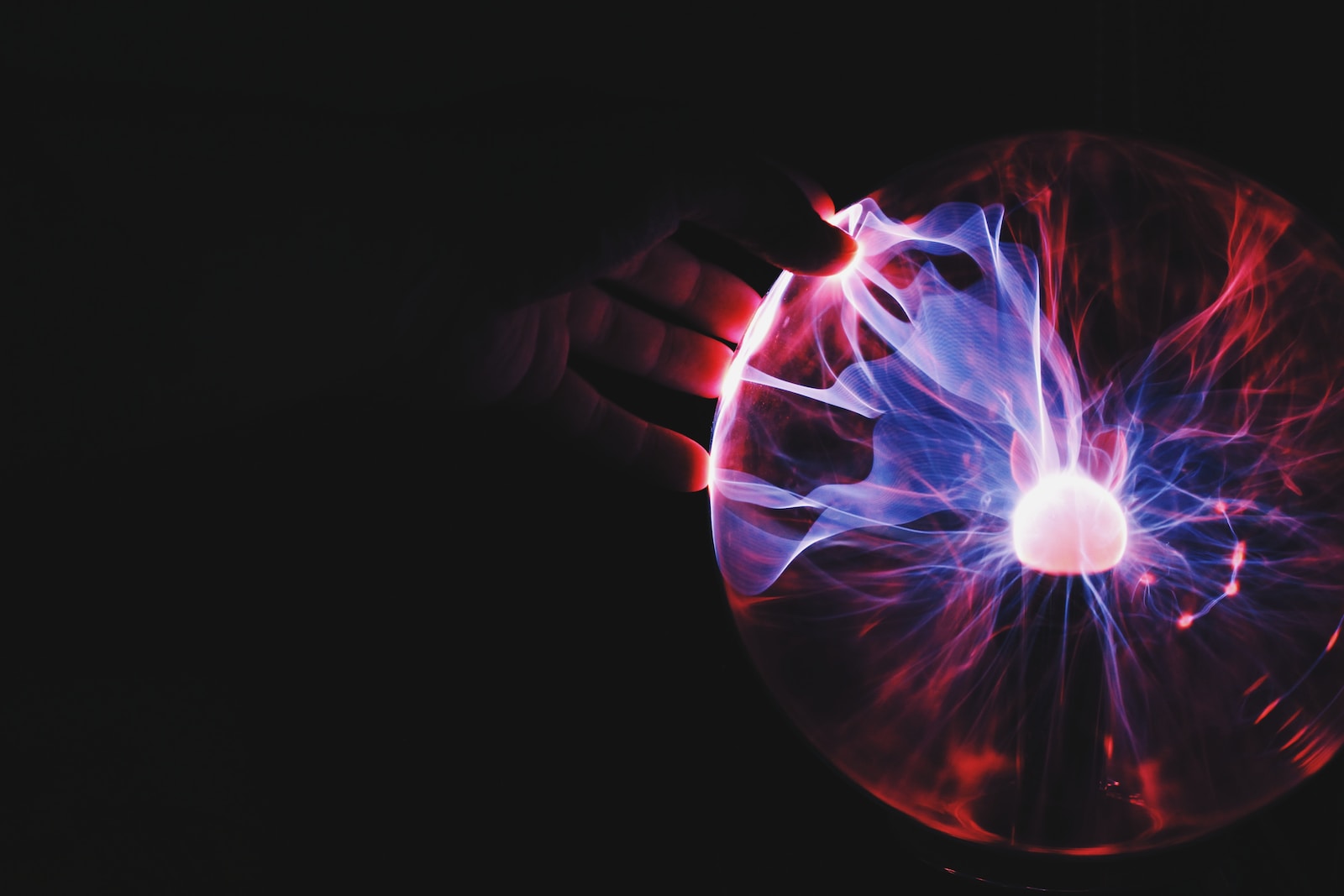The intersection of art and technology is a fascinating concept that has been explored for decades. It is an area of exploration that has seen great advances in recent times, with the increasing availability and sophistication of technology. In the digital age, art and technology have become increasingly intertwined, creating new opportunities for creative expression and exploration. This article will explore the role of technology in art, the impact of technology on the creative process, the creative expression in the digital age, the benefits of art and technology, and the challenges and implications of this intersection.
The Role of Technology
The role of technology in art is ever-evolving. Technology has enabled the creation of art in ways that were never before possible. Technology has made it possible to create art digitally, using tools such as digital painting and 3D modeling. It has also made it easier for artists to share their work with a wider audience, through platforms such as social media and online galleries. Technology has also allowed for new techniques to be explored, such as augmented reality and virtual reality.
The Impact of Technology
Technology has had a profound impact on the creative process. It has enabled artists to experiment with new techniques and explore new avenues of expression. Technology has also made it easier for artists to collaborate, as they can now work remotely on projects. Technology has also enabled the creation of art that is interactive, allowing viewers to engage with the art in ways that were not possible before.
Creative Expression in the Digital Age
The digital age has allowed for a range of new forms of creative expression. Artists are now able to create art that is interactive, as well as art that is immersive and experiential. Technology has also enabled the creation of art that is responsive to the environment, allowing for art that is constantly changing and evolving.
Benefits of Art and Technology
The combination of art and technology has a number of benefits. It allows for the creation of art that is more engaging and immersive than traditional art forms. It also allows for new forms of collaboration between artists, as well as between artists and viewers. Technology has also enabled the creation of art that is more accessible, as it can be shared and experienced by a wider audience.
Challenges and Implications
The intersection of art and technology also presents a number of challenges and implications. There is the potential for technology to be used in a way that is exploitative of artists, as well as the potential for technology to be used to create art that is unethical or damaging. There is also the potential for technology to be used in a way that devalues traditional forms of art.
The intersection of art and technology is an area of exploration that is constantly evolving. Technology has enabled artists to explore new avenues of expression and create art that is more engaging and immersive than ever before. However, there are also challenges and implications that come with this intersection, and it is important to be mindful of these when exploring the possibilities of art and technology.

